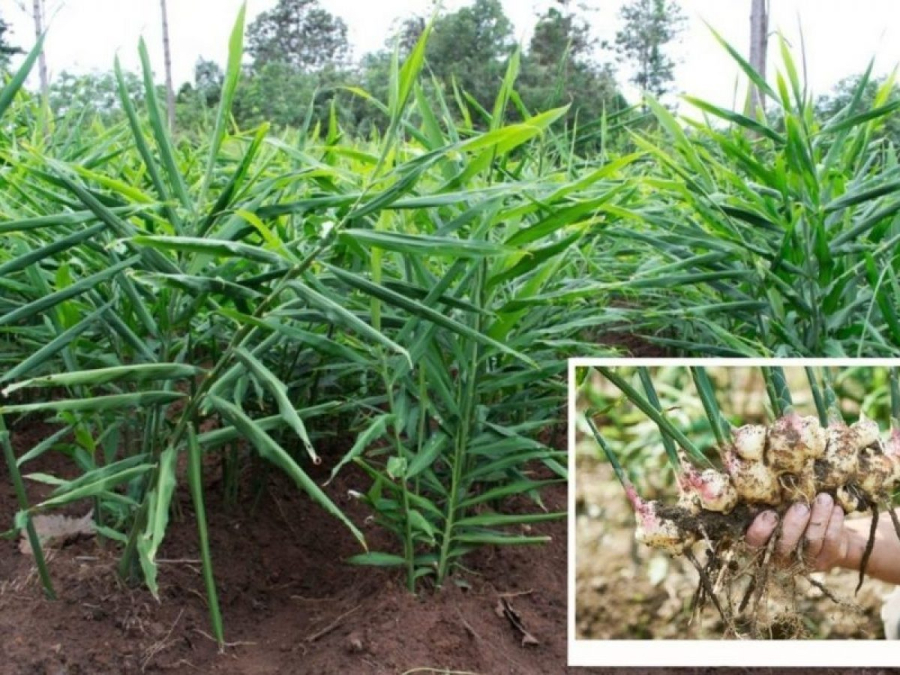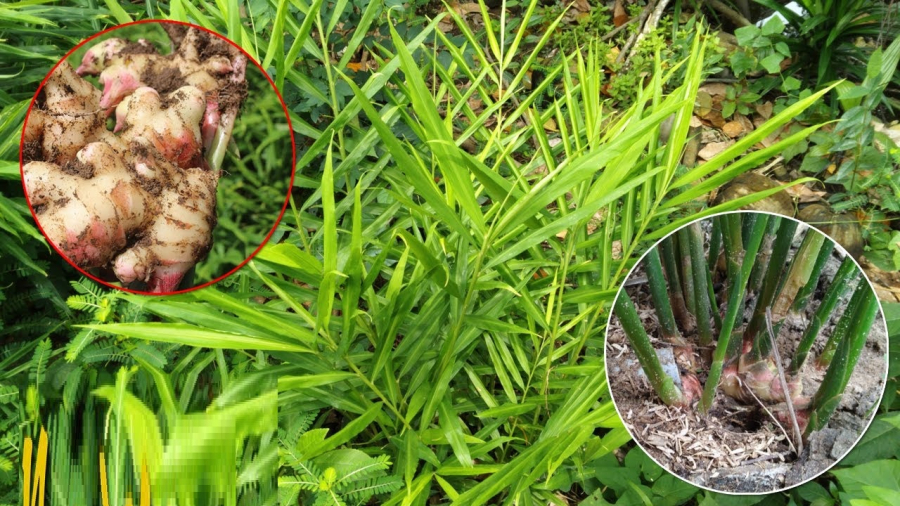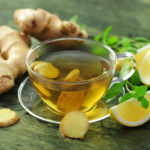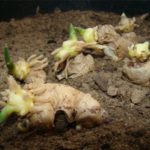Highly sought-after type of root
According to data from the Vietnam Fruit and Vegetable Association, by the end of September 2023, Vietnam’s ginger exports reached over $26 million, tripled compared to the same period in 2022. Vietnam’s ginger is mainly exported to China, Bangladesh, Laos… and currently, Vietnamese ginger is increasingly popular in markets such as Australia, India, Pakistan, and European countries.

In Australia, Vietnamese frozen ginger is being sold wholesale at supermarkets, stores, and online channels. The price of Vietnamese ginger in Australia is around 9-13 AUD per kg (150,000-200,000 VND), sometimes reaching more than 50 AUD/1kg (around 850,000 VND) at certain times. Ginger is mainly packaged in half or one kg to serve restaurants.
In addition to frozen ginger, processed ginger from Vietnam is also being consumed strongly. Especially, ginger jam is a popular product in cold countries.
According to the Vietnam Trade Office in Australia, India… the export potential of ginger from Vietnam to these markets is huge. The price of this product is also competitive compared to products from other countries. Besides its fragrant and delicious quality, Vietnamese ginger is also cheaper than domestic products in these countries. Ginger is considered a versatile product, most notably for its ability to eliminate bacteria and is used as a remedy for colds, which has been highly sought-after during the Covid-19 pandemic.
Ky Son District (Nghe An Province) is considered the “capital” of ginger in Vietnam. Thanks to suitable climate and soil conditions, Ky Son ginger has superior quality and a unique taste compared to ginger from other places. Ky Son ginger is a native variety, including two main types: buffalo horn ginger and tunicate ginger.
Ginger is grown by ethnic minorities in high mountainous areas, where mist covers all year round. Some communes in Ky Son District have a large area for ginger cultivation, such as Na Ngoi, Bao Thang, Dooc May, Muong Long, Hoi Tu, Tay Son, Nam Can, Nam Can… Among them, Na Ngoi commune has the largest area, with over 150 ha. In 2019, due to high ginger prices, the ginger cultivation area in this district was expanded. Up to now, the ginger cultivation area in Ky Son District has reached nearly 1,000 ha.
Vietnamese businesses have recorded a high increase in ginger exports along with other spices in the past 9 months. In particular, in the last months of the year, the surge in ginger orders to markets such as the US, India, UAE, and Pakistan has pushed the price to a record high.
The top benefits of ginger
1. Helps relieve digestive disorders: Ginger contains phenolic compounds. These compounds help reduce digestive disorders by stimulating saliva and bile production. Therefore, food and fluids will be easily consumed through the GI tract and reduce the occurrence of upset stomach.
2. Treats nausea: Studies have shown that ginger root and ginger essential oil are effective in combating nausea, motion sickness, and vomiting. In some cases, it can also be used to reduce morning sickness in pregnant women.
3. Reduces inflammation and pain: Ginger has anti-inflammatory properties. Studies have shown that ginger is effective as a pain reliever, such as alleviating headaches, muscle pain, back pain, joint pain, and menstrual pain.
4. Prevents Alzheimer’s disease: Alzheimer’s disease is a brain-related disease, commonly found in older people. Ginger has the ability to prevent oxidation, chronic inflammation, and factors that promote Alzheimer’s disease development.
5. Treats malaria: Ginger root and ginger essential oil are also effective in treating malaria and yellow fever. It helps hinder the development of viruses that cause coldness in the body.

6. Cancer prevention: Reports from the American Cancer Association, based on animal studies, have shown that ginger can be useful in treating cancer through chemotherapy. Ginger can be helpful in reducing cholesterol levels and preventing blood clotting.
7. Boosts the immune system: Consuming ginger daily can protect you against flu during the winter season. Adding a little ginger to lemon tea will keep you healthy during this winter.
8. Weight loss: Ginger promotes a feeling of fullness, meaning you need fewer calories but still feel satisfied. Ginger is a natural and beneficial spice that helps reduce cravings. Additionally, ginger helps increase metabolism and burn fat during the weight loss process.
9. Kidney health: Ginger water is believed to dissolve kidney stones.
10. Hair care: Ginger is effective in hair care. Ginger water can prevent dandruff.



































